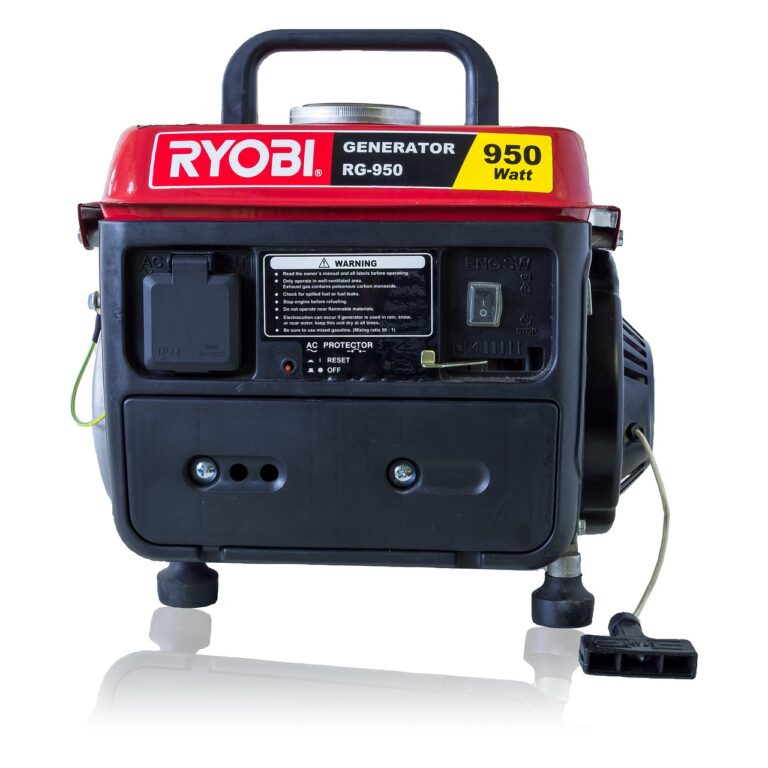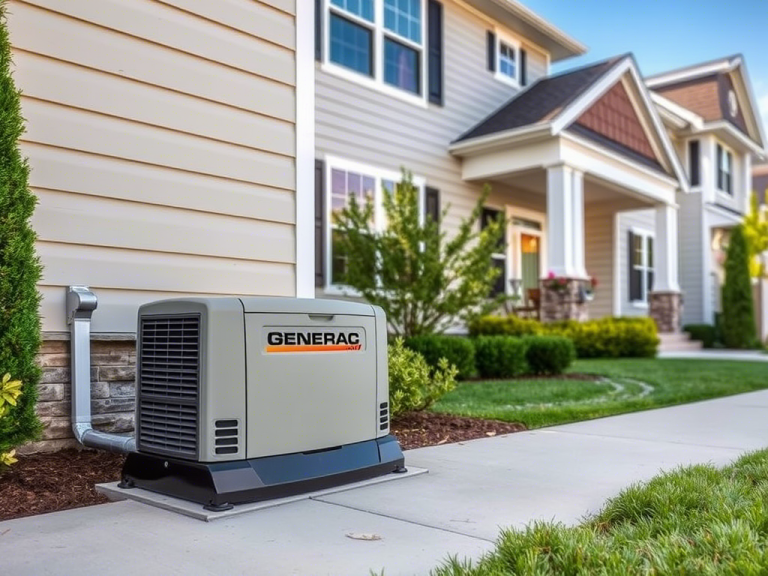Understanding Power Generator Ratings
Power generators are an essential tool in a variety of situations, providing a reliable source of electricity during outages or serving as a portable power supply for outdoor events and construction sites.
When selecting a power generator, it is important to understand how generators are rated in order to choose a generator that meets your specific power needs.
In this article, we will explore the different ways that power generators are rated and provide some tips on how to choose the right generator for your needs.
Rating by Wattage
Power generators are typically rated in watts or kilowatts, which reflects the amount of electricity they can produce. The rating of a generator is important because it determines how much power the generator can supply and how many appliances or devices it can power at once.
There are two main types of generator ratings based on wattage: the maximum output rating and the continuous output rating. The maximum output rating is the highest level of power that the generator can produce, and is typically used for short periods of time to start large appliances or motors.
The continuous output rating is the level of power that the generator can sustain over an extended period of time, and is typically used to power smaller appliances or devices.
For example, a generator with a maximum output rating of 10,000 watts can produce 10,000 watts of power for a short period of time, but may not be able to sustain that level of power for an extended period. On the other hand, a generator with a continuous output rating of 5,000 watts can produce 5,000 watts of power continuously without overheating or malfunctioning.
When selecting a power generator, it is important to consider the specific power needs of the appliances or devices that will be powered by the generator. Make sure to choose a generator with a rating that is sufficient to meet these needs, taking into account both the maximum output rating and the continuous output rating. For example, if you need to power a refrigerator, a microwave, and a few lights, you may need a generator with a continuous output rating of at least 2,000 watts.
Rating by Voltage
Generators are also typically rated by voltage, which is the measure of the electrical potential difference between two points. The most common voltage ratings for generators are 120 volts and 240 volts.
The voltage rating of a generator is important because it determines the type of appliances or devices that can be powered by the generator. Most household appliances and devices, such as lights, TVs, and small appliances, operate on 120 volts. Larger appliances, such as washing machines, dryers, and ovens, typically operate on 240 volts. Some generators are designed to produce both 120 and 240-volt power, while others are limited to a single voltage.
Conclusion
Understanding power generator ratings is essential for choosing a generator that meets your specific power needs. Consider the wattage and voltage ratings of the generator, as well as the fuel type, size and weight, and price. With these factors in mind, you can choose a power generator that is reliable and efficient for your needs




